How to Determine Arrow Length for Recurve Bow?
"As an Amazon Associate, I earn from qualifying purchases. This post contains affiliate links"
If you are just stepping into archery then determining the length of your arrows is probably one of the toughest thing to figure out. Though it isn’t the hardest thing but there are different types of bows and arrows available on the market. Each one has specific requirements therefore one has to choose accordingly. This often leads to a question i.e. how to determine arrow length for recurve bow?
To determine the right arrow length is to measure your draw length. Stand with arms outstretched and have someone measure from the tip of your middle finger on one hand to the other middle fingertip. This will give you a baseline for finding the right arrows for your bow.
Next step is to select an arrow according to its spine rating or stiffness. The spine of the arrow can be determined by measuring its width, diameter and weight. Generally, lightweight arrows are suitable for lower poundage bows while heavier arrows work best with higher draw weights.
As such, if you own a recurve bow then it is better to go for lighter arrows as compared to heavier ones as they require less energy to send them to the target. Once you have determined the type of arrows suitable for your bow, it’s time to determine their length.
Keep on reading to discover some interesting stuff!
What is the Average Arrow Length for Recurve Bows?
Generally, recurve bows with draw lengths of up to 28 inches should use arrows that measure 28-30 inches long. For draw lengths between 29 and 32 inches, you should go for 33 inch arrows while those with higher draw lengths should choose 34 inch arrows or even longer.
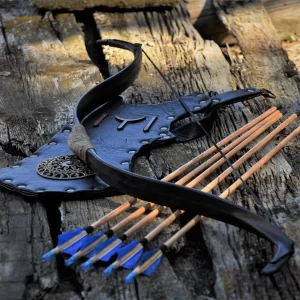
Of course, there are pros and cons of using bigger and smaller arrows. Besides that, it also depends on what you are using your arrows for. For instance if you are getting arrows for hunting then you should prefer the shorter ones.
if you want to know more about Are Recurve Bows Good For Hunting? Everything Explained.
This is because the shorter the arrow is the less will be archer paradox which means the arrow will be more accurate. On the other hand if you are using arrows for target practice then it is better to go for longer ones so that they have more stability in flight and can reach further distances.
The most important thing to consider when determining your arrow length is draw length, spine rating and what you intend to do with them. Once you have determined these three factors, it should be easy to get the right size of arrows for your bow.
Important Factors Involved in Determination of Arrow Size
Now that you have already seen the tip of the iceberg, let us now look at the deeper aspects of determining arrow length for recurve bow.
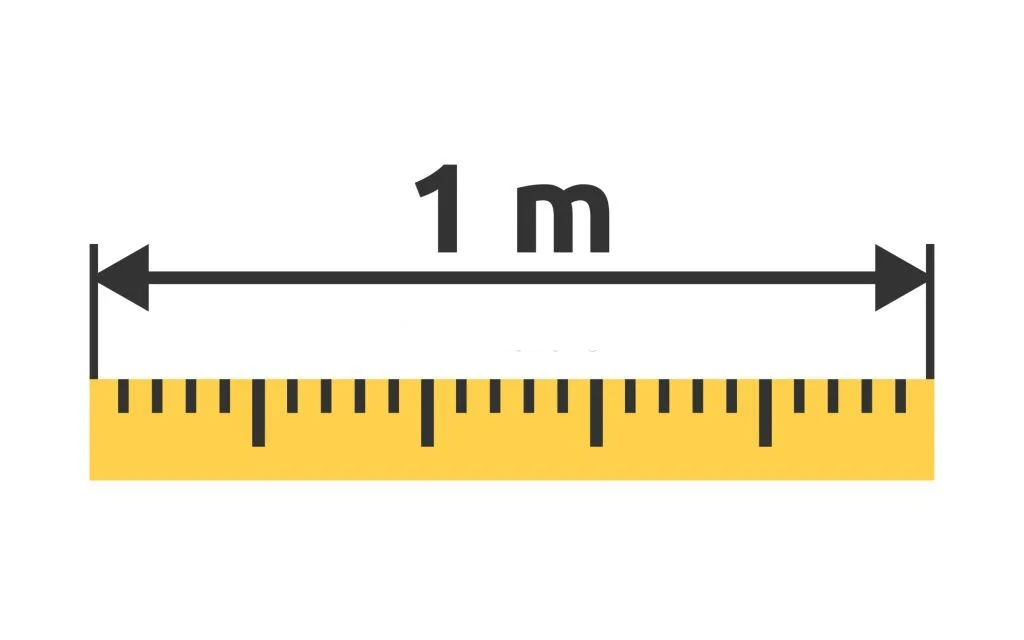 Draw Weight
Draw Weight
The first factor you need to consider is your draw weight. Higher draw weights require stronger and stiffer arrows, so you must choose a suitable spine rating accordingly. Similarly, if you are opting for a lighter arrow then it will be more suitable for lower draw weights as it won’t require that much energy to send the arrow to its intended target.
Shooting Style
Another important factor involved in determining your arrow size is your shooting style. A large part of this decision comes down to personal preference but there are some general guidelines to follow.
If you shoot with an open stance then shorter arrows will be more comfortable as they will require less effort and movement. On the other hand, if you prefer to shoot with a closed stance then longer arrows will be better as they will offer more stability in flight and have better accuracy.
Arrow Fletching
The last major factor is arrow fletching or the vanes on the arrows that provide stabilization while it is flying towards its target. Traditionally, shorter arrows require smaller vanes while longer arrows need bigger ones. Fortunately, there are all kinds of vanes available on the market so you can choose according to your preference.
Spine Rating
Finally, the spine rating of your arrows is also an important factor to consider. The spine rating indicates the stiffness or flexibility of the arrow. Heavier arrows generally have higher spine ratings which means that they are more suitable for higher draw weights.
On the other hand, lighter arrows tend to have lower spine ratings and thus can be used with lighter draw weights. However, you should always ensure that your arrow’s spine rating matches your draw weight in order to get the best out of it.
Arrow Length, Stability, and Aerodynamics
The length of the arrow also plays a role in its stability and aerodynamics. Generally, longer arrows are more stable while they travel through the air, leading to improved accuracy. They also tend to be more aerodynamic as they don’t cause any drag which can slow them down.
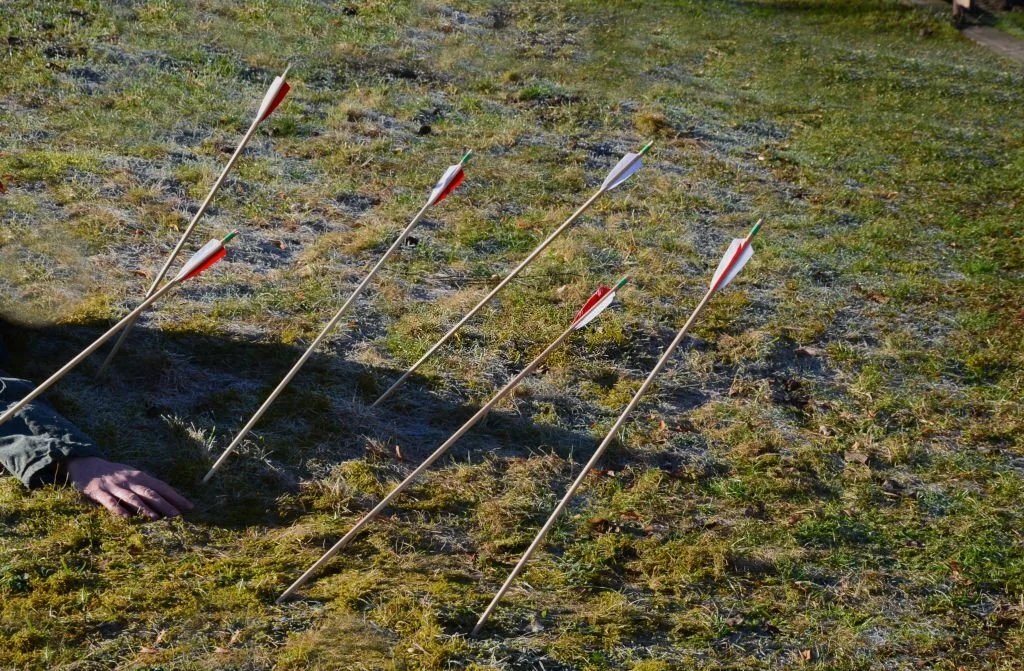
Shorter arrows on the other hand are not as stable and may suffer from some amount of wobble, affecting their accuracy at long ranges. Furthermore, shorter arrows create more drag in the air which slows them down significantly.
Ultimately, it is up to you to decide what type of arrow length is best for your recurve bow depending on your draw weight and shooting style. However, it is suggested that you get custom arrows for your bow instead of going with the generic sizes available in stores.
This way, you can make sure that you get the best possible arrow length for your recurve bow which will help you maximize its performance.
Longer Arrows Face More Archer Paradox
Although the length of the arrow increase its aerodynamics and stability, you must also keep in mind that it will now be susceptible to more archer’s paradox. This is the phenomenon where an arrow bends slightly during release, reducing its accuracy and adding inconsistencies to your shots.
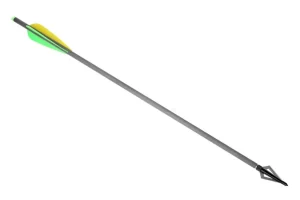
To counter this problem, you can choose arrows with higher spine ratings or opt for stiffer shafts made from carbon instead of aluminum. Additionally, you should also make sure that your bow is properly tuned in order to minimize the effects of archer’s paradox as much as possible.
The Difference Between Hunting And Target Arrow Shafts
Hunting arrow shafts and target arrow shafts are both designed to be shot with a bow, but they have several key differences. Hunting arrows are typically made of heavier materials and feature thicker walls for greater durability and strength.
This is important for hunting because it allows them to penetrate through thick layers of fur or hide without breaking apart. They also feature a more blunt tip than target arrows, which helps them to spread out the impact on their intended target, resulting in a higher chance of success.
Target arrows are generally lighter in weight, as well as having thinner walls. The lighter weight makes them easier to shoot accurately over long distances, while the thinner walls allow for better penetration into target-shooting foam blocks or even paper targets.
The tips of these arrows are also more pointed than those of hunting arrows, enabling them to penetrate into their target with more precision and accuracy.
In summary, the main differences between hunting arrow shafts and target arrow shafts lie in their design: hunting arrows are heavier and feature thicker walls for greater durability and strength, while target arrows are lighter and have thinner walls for better aerodynamics and penetration.
There is no single arrow shaft that is best suited for all situations; it’s important to consider your specific goals when choosing the appropriate type of arrow for each situation.
Last Minute Thoughts!
In this article, we learned how to determine arrow length for recurve bow? We also looked at how arrow length affects stability and aerodynamics, as well as the differences between hunting and target arrows.
Ultimately, you should choose your arrow shaft according to your specific goals in order to get the best performance out of it. Don’t forget to properly tune your bow in combination with the arrows you choose – this will help minimize archer’s paradox significantly!
Good Luck On The Range!
Related Articles:-
- How to Aim a Recurve Bow Without a Sight?
- How Does A Crossbow Arrow Compare To A Conventional Arrow?
- How Many Feet Per Second Does A Crossbow Arrow Move?
- How Many Arrows In A Quiver?
- Is It Illegal to Shoot a Bow and Arrow in Your Backyard?
- How To Calculate Arrow Weight?
- How Much Does It Cost To Restring A Compound Bow?
- How To String A Compound Bow? – [Simple & Easy Steps]
- Why Do Archers Drop Their Bow? – [Quick Answer]
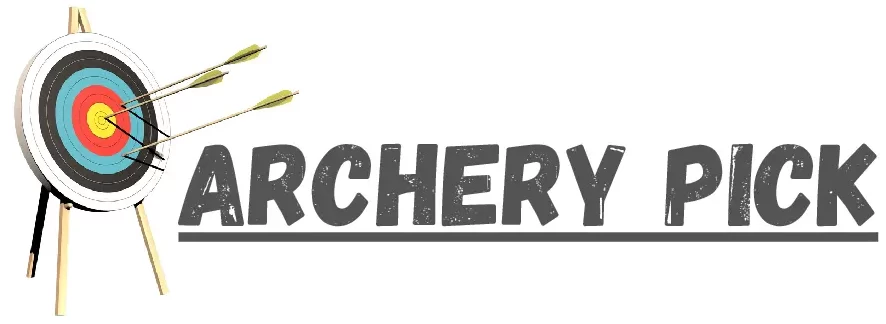
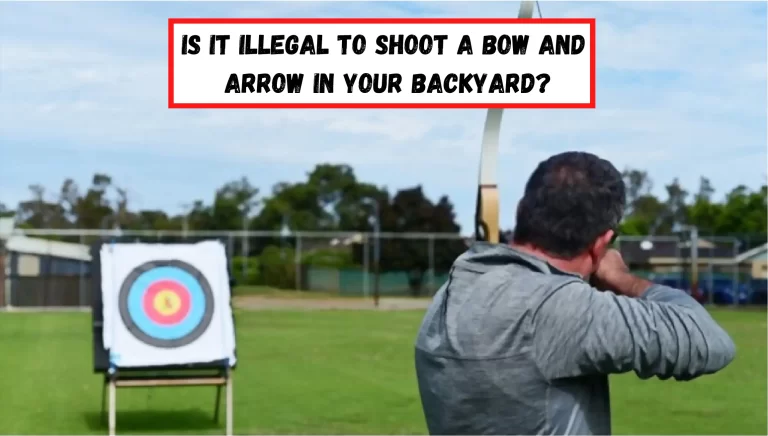
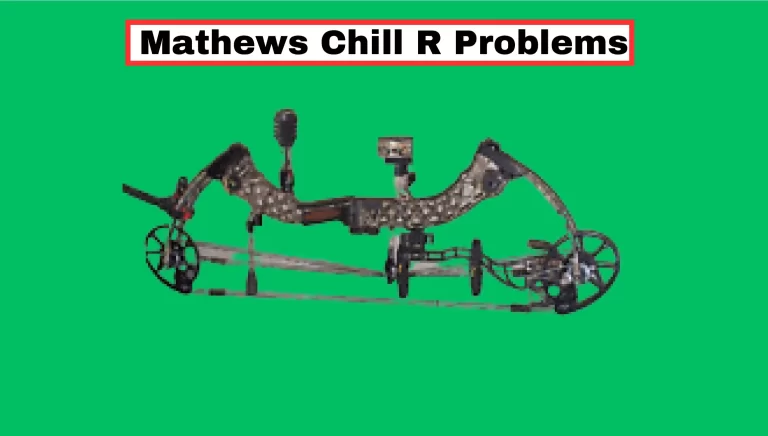
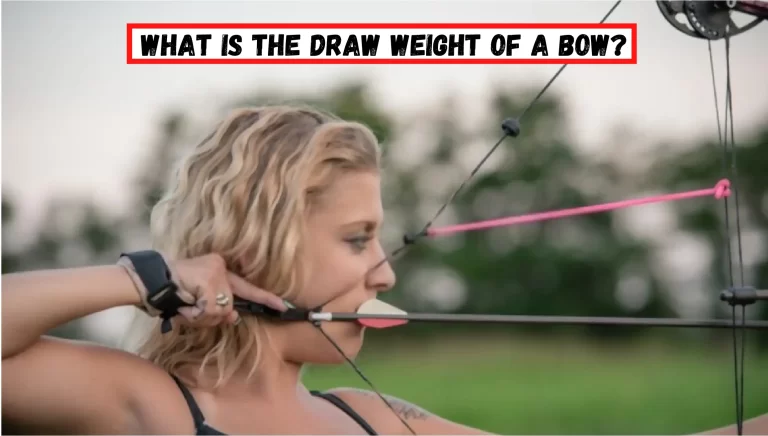

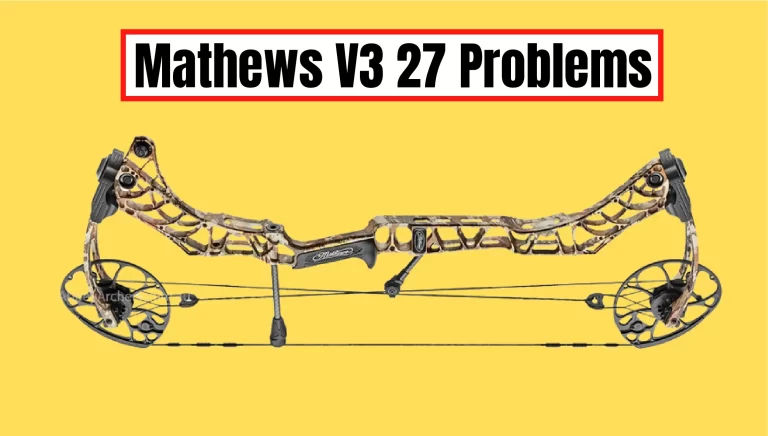
![How To String A Compound Bow? – [Simple & Easy Steps]](https://archerypick.com/wp-content/uploads/2022/11/3-How-To-String-A-Compound-Bow-768x436.webp)
